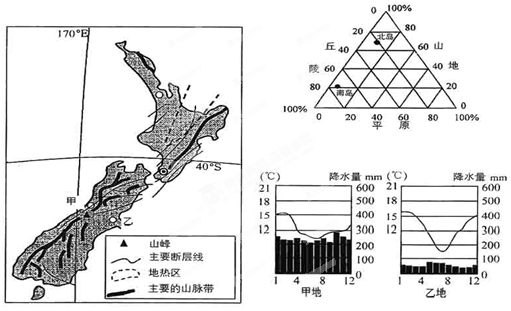When you are little, it’s not hard to believe you can changed the world. I remember my enthusiasm when, at the age of 12, I addressed the people at the Rio Earth Summit. “I am only a child,” I told them. "Yet I know that if all the money spent on war was spent on ending poverty and finding environmental answers, what a wonderful place this would be. In school you teach us not to fight with others, to work things out, to respect others, to clean up our mess, not to hurt other creatures, to share, not be greedy. Then why do you go out and do the things you tell us not to do? You grownups say you love us, but I challenge you, please, to make your actions reflect your words."
I spoke for six minutes and received a standing ovation. Some of the delegates even cried. I thought that maybe I had reached some of them, that my speech might actually spur(刺激) action. Now, a decade from Rio, after I've sat through many more conferences, I'm not sure what has been accomplished. My confidence in the people in power and in the power of an individual's voice to reach them has been deeply shaken.
When I was little, the world was simple. But as a young adult, I'm learning that as we have to make choices--education, career, lifestyle--life gets more and more complicated. We are beginning to feel pressure to produce and be successful. We are learning a shortsighted way of looking at the future, focusing on four-year government terms and quarterly business reports. We are taught that economic growth is progress, but we aren't taught how to pursue a happy, healthy or sustainable way of living. And we are learning that what we wanted for our future when we were 12 was idealistic and naïve(天真).
Today I'm no longer a child, but I'm worried about what kind of environment my children will grow up in. I know change is possible, because I am changing, still figuring out what I think. I am still deciding how to live my life. The challenges are great, but if we accept individual responsibility and make choices, we will rise to the challenges, and we will become part of the positive tide of the change. I hope this goal will be met through our common efforts. Thank you all.
57.The purpose of what the speaker said at the age of 12 was to .
A.end poverty and make school beautiful
B.find environmental answers and show off
C.focus people’s attention on some social problems
D.find a wonderful place and clean it up
58.What does the underlined word “ovation” in the second paragraph refer to?
A.A long period of laughing.
B.A cold and unfriendly welcome.
C.An expression used for greeting.
D.Great applause or cheering.
59.The information in the text is presented mainly through .
A.question and answer B.a personal lecture
C.cause and effect D.listing steps in a process
60.Which of the following best describes the speaker?
A.He is an experienced educator. B.He is an impolite man.
C.He is a man of great worries. D.He is a man of social responsibility.
57. C 58. D 59. B 60. D

